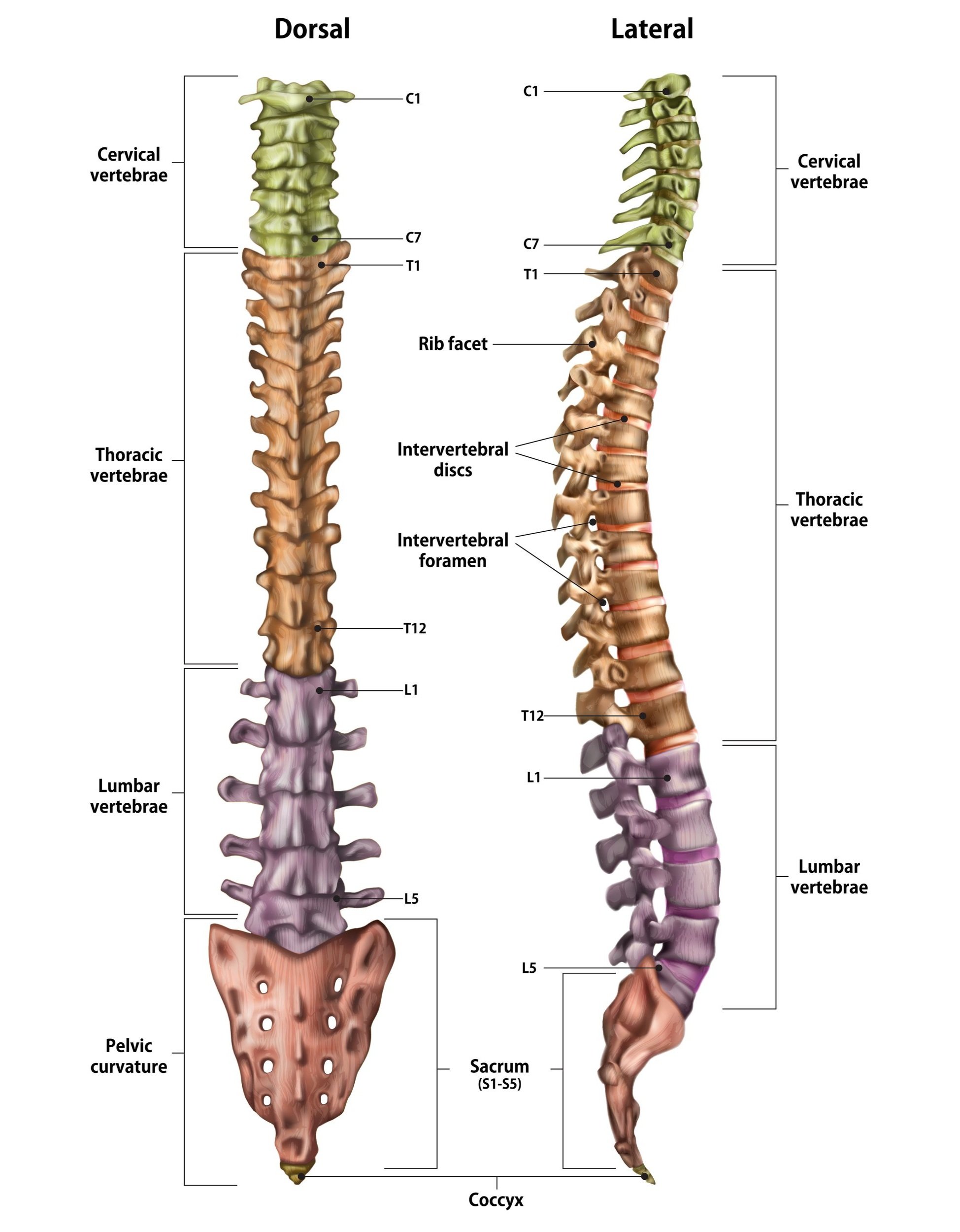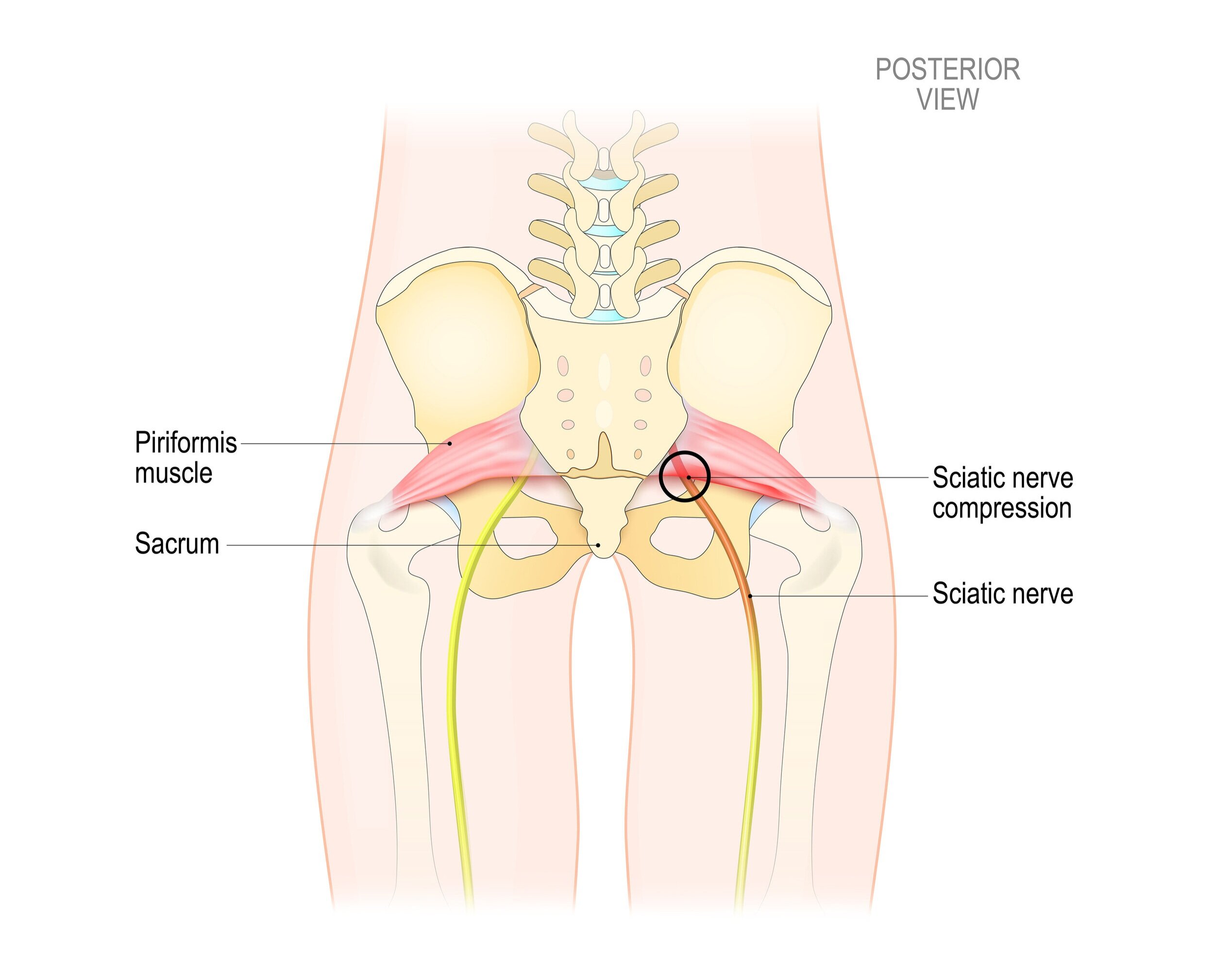She’s back! Registered kinesiologist Kheya McGill is here with part 2 of her two-part blog series on exercises for back and neck pain. In this final instalment, Kheya goes over her favourite strengthening exercises. Go back and read part 1 for a refresher on spinal anatomy and some great mobility and stretching exercises!
If you read our last blog, you know that you are not alone if you’re dealing with back and neck pain. In this blog, we will talk about the importance of adding strength exercises into your routine when dealing with your back and neck pain.
Strengthening is a very important part of this routine! When a person has back pain, we like to focus on strengthening the core and glutes (in addition to the muscles in the back and neck themselves). Increasing strength helps provide more support for the muscles that are tense and increases the ease with which we can complete our daily activities. Strengthening is also a very important tool for avoiding reinjury.
Why do we focus on strengthening the core and glutes when dealing with back pain?
The core helps support the spine. When an individual has a weak core, these muscles can’t do their job properly, putting more strain on the back. However, don’t be fooled by the myth that a strong core always means having rock hard abs!
In terms of postural support, one of the most important muscles to learn how to activate and strengthen is the transverse abdominus (your deepest core muscle). To activate the transverse abdominus, you want to tighten the muscles in the lower abdomen.
I like to think as if I am trying to gently pull my hip bones together but there are lots of different cues we can use, depending on what works for you. Notice in the photos below how I even have my fingers placed on my stomach (roughly 3cm in from my hip bones) so I can feel these muscles turning on beneath my fingers.
The glutes are another important muscle to strengthen when you have low back pain. The glutes include the largest muscle in the human body, the gluteus maximus, and play a very important role in supporting the lower back. When an individual has weak glutes, back muscles often take over the glutes’ job which can add tension and pressure in the low back. If you have a difficult time activating your glutes, the exercises outlined here should help!
Kheya’s Top Five Strengthening Exercises
1) Toe taps
Begin on your back. You will want to start this exercise by activating the core muscles as we talked about above. Next, you are going to lift your legs up so both your hips and your knees make a ~90 degree angle. From here, you are going to slowly lower one leg down at a time, trying to keep your knee bent at 90 degrees, and tap your toe to the floor. Try and keep your core engaged the entire time, and don’t let your lower back lift off the ground. Lastly, remember to breathe!
Complete 10 reps (5 toe taps per side) for 2-3 sets.
2) Bridges
Begin laying on your back with your knees bent. Engage your core and lift your bum off the floor, trying to create a straight line down your body and legs. Try and think about squeezing your bum at the top of the movement. If this is too easy, try adding a weight on top of your hips or a band just above your knees.
Complete 8-12 reps for 2-3 sets.
3) Bird dog
Begin on all fours with your hands below your shoulders. Engage your core and extend one arm and the opposite leg. When extending the leg, think about pushing your back heel through the wall behind you to extend as far as possible. If this is too difficult, try beginning by just lifting one arm at a time, keeping both legs on the floor. You can then progress to lifting one leg at a time keeping the arms on the floor, until you are able to lift opposite arms and legs at the same time.
Complete 10 reps (5 per side) for 2-3 sets.
4) Chin tucks
Stand against a wall with your shoulders and the back of your head against the wall. If you need to, move your feet a step out from the wall so you can put your back flat against the wall. Push your chin so that your head goes straight back, lengthening through the back of your neck.
Hold the tuck for 3-5 seconds and repeat this 10 times.
5) Back rows
To do this exercise, you will need a band. Begin by looping the band at elbow height around something stable such as a banister or a doorknob. Hold one end of the band in each hand and bend your arms at the elbow to 90 degrees. Now, slowly pull your arms backwards, thinking about squeezing your shoulder blade together at the back.
Complete this 10-15 times for 2-3 sets.
In addition to all these exercises, any type of general strength and exercise will be great for lower back pain, even exercises working the muscles not involved in your pain. (For more information on this, see our blog on general exercise for injury rehabilitation.)
If you are unsure of where to start, our registered kinesiologists would be happy to work with you to create an exercise program which matches your exercise goals and injury specific recovery needs.
Give us a call today give us a call at (778) 630-8800, email us or book online to seek treatment from a physiotherapist or to work with a registered kinesiologist.























